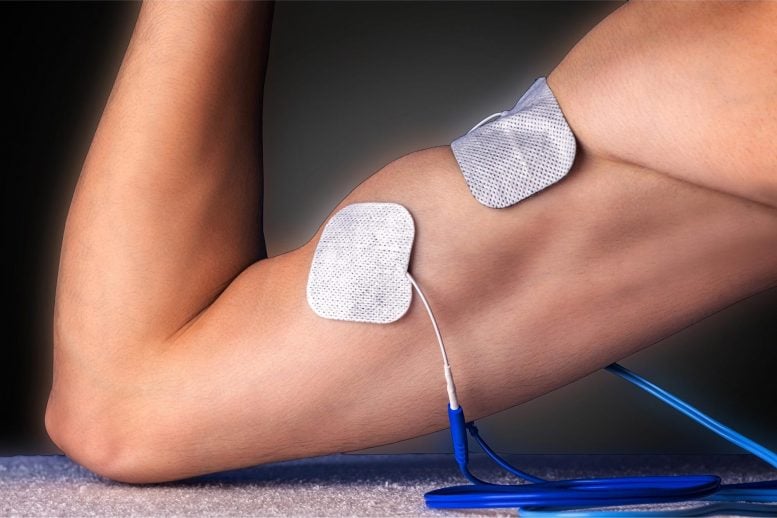
Researchers found that studying different pluripotent stem cell lines can reveal how epigenetic mechanisms accelerate muscle cell growth at various stages of differentiation.
A study led by researchers at the University of California San Diego Jacobs School of Engineering provides new insights for developing therapies for muscle disease, injury, and atrophy. By studying how different pluripotent stem cell lines build muscle, researchers have for the first time discovered how epigenetic mechanisms can be triggered to accelerate muscle cell growth at different stages of stem cell differentiation.
The findings were published on March 17 in Science Advances.
“Stem cell-based approaches that have the potential to aid muscle regeneration and growth would improve the quality of life for many people, from children who are born with congenital muscle disease to people who are losing muscle mass and strength due to aging,” said Shankar Subramaniam, distinguished professor of bioengineering, computer science and engineering, and cellular and molecular medicine at UC San Diego and lead corresponding author on the study. “Here, we have discovered that specific factors and mechanisms can be triggered by external means to favor rapid growth.”
The researchers used three different human induced pluripotent stem cell lines and studied how they differentiate into muscle cells. Out of the three, one cell line grew into muscle the fastest. The researchers looked at what factors made this line different from the rest, and then induced these factors in the other lines to see if they could accelerate muscle growth.
They found that triggering several epigenetic mechanisms at different time points sped up muscle growth in the “slower” pluripotent stem cell lines. These include inhibiting a gene called ZIC3 at the outset of differentiation, followed by adding proteins called beta-catenin transcriptional cofactors later on in the growth process.
“A key takeaway here is that all pluripotent stem cells do not have the same capacity to regenerate,” Subramaniam said. “Identifying factors that will prime these cells for specific regeneration will go a long way in regenerative medicine.”
Next, the team will explore therapeutic intervention, such as drugs, that can stimulate and accelerate muscle growth at different stages of differentiation in human induced pluripotent stem cells. They will also see whether implanting specific pluripotent stem cells in dystrophic muscle can stimulate new muscle growth in animals. Ultimately, they would like to see if such a stem cell-based approach could regenerate muscle in aging humans.
Reference: “Temporal mechanisms of myogenic specification in human induced pluripotent stem cells” by P. Nayak, A. Colas, M. Mercola, S. Varghese4 and S. Subramaniam, 17 March 2021, Science Advances.
DOI: 10.1126/sciadv.abf7412


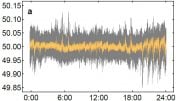

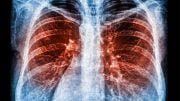
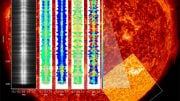
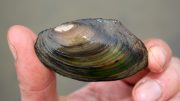
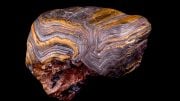

Somebody justified their grant.
Using TENS for muscle growth is called “Russian Method”. It’s been around for decades and is probably mode “C” on your TENS. The others are continuous, pulse and maybe wave.